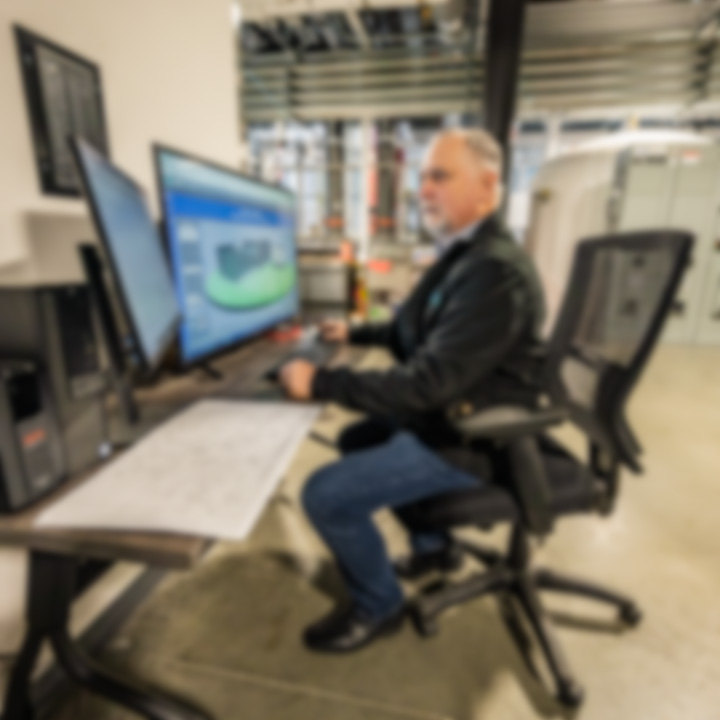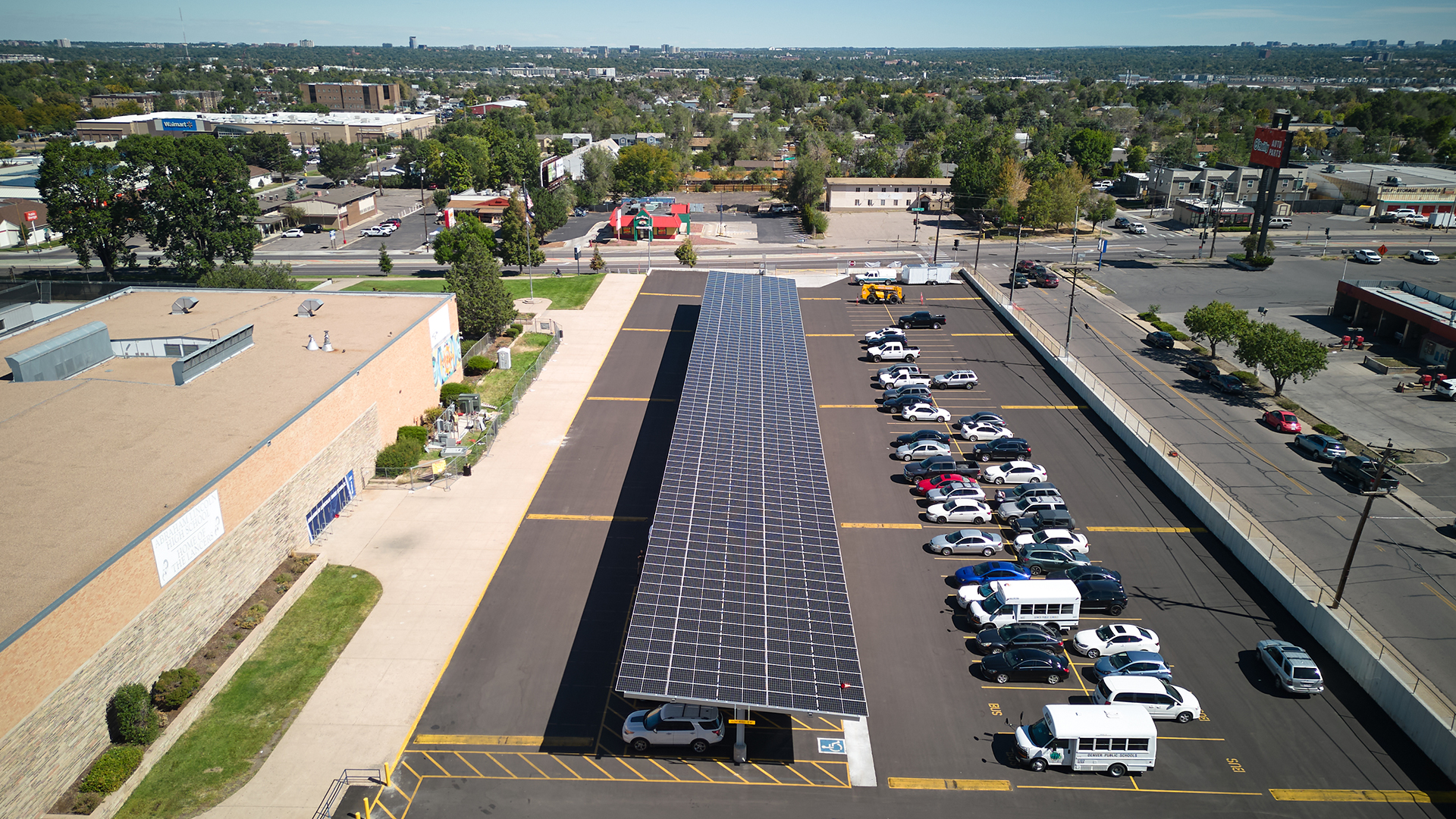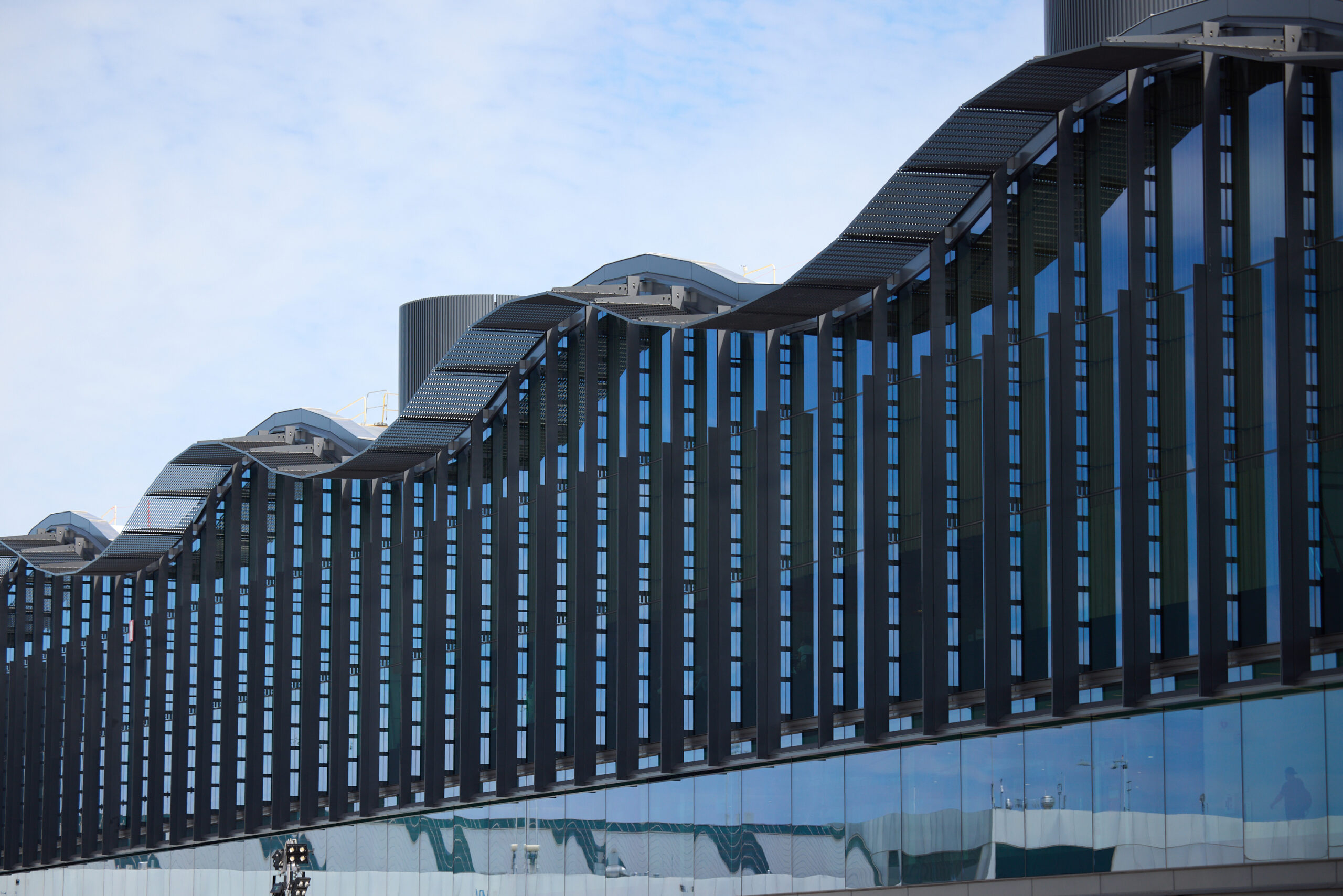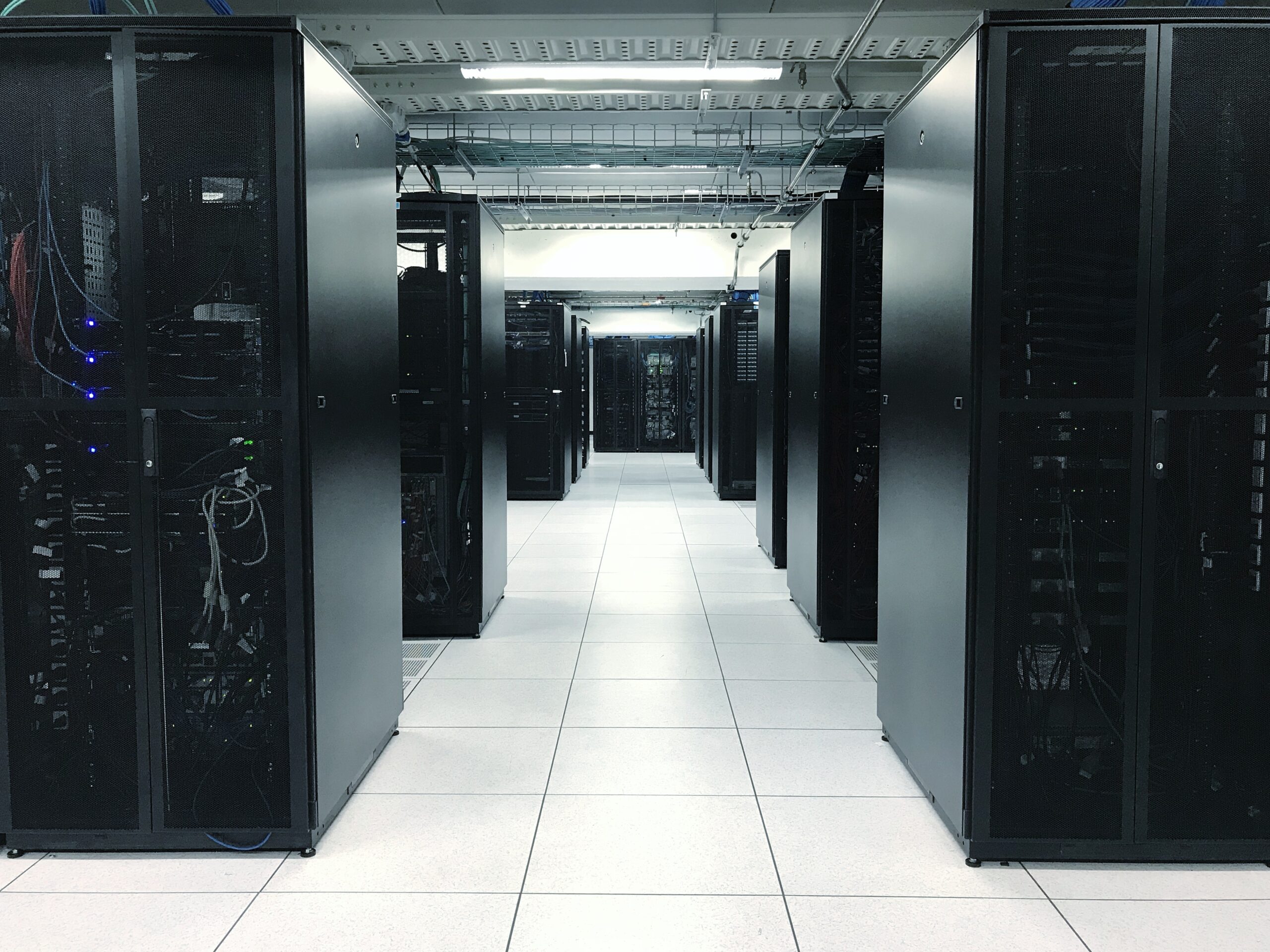Connected, Smart and Resilient
EcoDistricts create a new shared-energy paradigm that eradicates unnecessary waste and accelerates zero-carbon opportunities to forever change how we interact with the built environment. It reimagines neighborhood design to forever change how our buildings share clean energy solutions.





